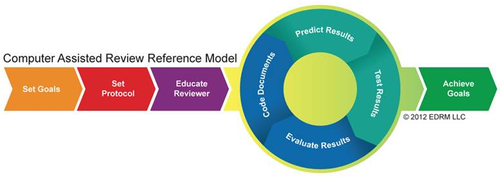$2.9 Billion? Gartner Predicts eDiscovery Software Market to Double by 2017 – eDiscovery Trends
$2.9 Billion? Gartner Predicts eDiscovery Software Market to Double by 2017 – eDiscovery Trends https://cloudnine.com/wp-content/themes/cloudnine/images/empty/thumbnail.jpg 150 150 CloudNine https://cloudnine.com/wp-content/themes/cloudnine/images/empty/thumbnail.jpg
As reported by Evan Koblentz in Law Technology News, electronic data discovery software sales reached $1.4 billion worldwide in 2012 and will reach $2.9 billion by 2017 according to Gartner Inc. Their latest forecast for the eDiscovery industry is discussed in Forecast: Enterprise E-Discovery Software, Worldwide, 2012-2017.
read more




